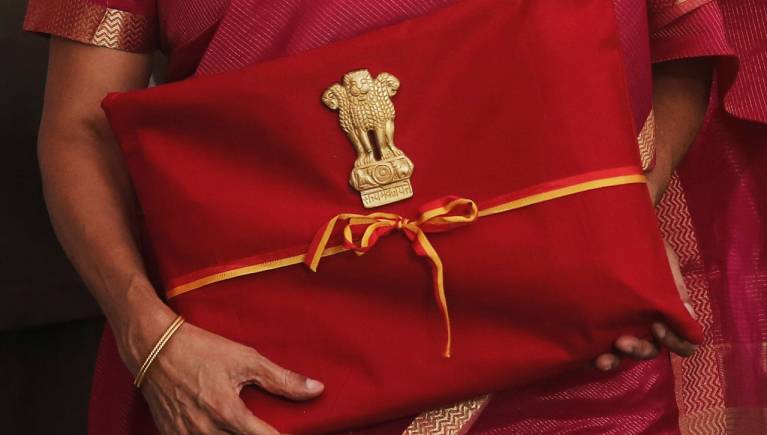
The Union Budget, tabled on July 5, allocated Rs 94,853.64 crore for the education sector, which marks an increase of over 13 per cent from the revised estimates of 2018-19 financial year. However, this allocation is meagre considering that India represents one of the largest education systems in the world.
The Kothari Commission and subsequent committees have emphasised the need of higher spending in the education sector at par with developed countries, which spend close to 5-6 per cent of GDP on education.
The Budget also proposed the New Education Policy, which signals an attempt to reform the education system. As outlined by a recent ASER report, poor learning outcomes continue to be a major challenge for the Indian education sector. The solution to it lies in teacher-training, which unfortunately has found no mention in the Budget.
Another neglected area is the school education. The Budget could have proposed radical measures to encourage students’ retention in schools. Similarly, the goal of inclusive education has also been overlooked. A recent UNESCO report highlighted only 61 per cent of children with disabilities aged between 5 and 19 were attending an educational institution compared to the overall figure of 71 per cent when all children are considered. The role of assistive and ICT technology and devices is crucial in this regard. The budget, however, remains silent on these aspects.
There is a clear focus on the higher education sector to bring it on a par with the global standards. The proposed Higher Education Commission of India as a single regulator is a welcome move as it will speed up the regulatory process and remove jurisdictional ambiguity among the two existing regulators, the AICETE and the UGC. In a bid to build ‘world-class’ institutions, Rs 400 crore has been allocated for the 2019-20 fiscal, which is over three times the revised estimates for the previous year.
Finance minister Nirmala Sitaraman also announced a ‘Study in India’ programme, which aims to attract foreign students to pursue education in India. This may seem an over-ambitious scheme considering that Indian students are increasingly looking up to the West for higher education. A consistent push to improve infrastructure as well promoting research would be the key to the success of this initiative. The Budget takes due cognizance of this fact.
It is noteworthy that the allocation for research and innovation has been increased by a whopping 150 per cent to Rs 608.87 crore in FY20. Also, the proposed National Research Foundation (NRF) is a step in the right direction as it would assimilate the research grants being given by various ministries independent of each other and avoid duplication of resources and expenditure.
Technology has added a new dimension to the education sector and is poised to disrupt the sector. Fortunately, the Budget mentions the need of imparting new-age skills in areas such as Artificial Intelligence, Internet of Things, Big Data, among others, to equip youth to meet the demands of Industry 4.0 (growing urbanization, proliferation of advanced technologies and access to Internet connectivity have fuelled the fourth industrial revolution).
However, it fails to lay a clear roadmap to achieve the objective, except promoting the massive online open courses through the SWAYAM initiative that can bridge the digital divide for disadvantaged sections.
While India already has skill development programmes in place, the need of the hour is to revamp their curricula and explore relevant industry-academia partnerships to bring skills development programmes on a par with international standards. Special incentives could have been provided to educational institutions offering vocational courses at school level.
There is a need to set well-defined and quantifiable goals that can be comprehended and adopted by all the stakeholders in the education sector. Comprehensive data will aid the Centre and the states to identify the gaps that need to be addressed. There is a need to devise a monitoring mechanism to ensure complete harmony between policies, goals, and key industry players.
That said, the Budget signals the clear intent of the government to revamp the education sector in tune with the changing demands of the economy. Much will hinge on the on-ground implementation of proposed measures and ensuring that the benefits percolate to the grassroots level, to those who are worthy of it.
[“source=moneycontrol”] Techosta Where Tech Starts From
Techosta Where Tech Starts From